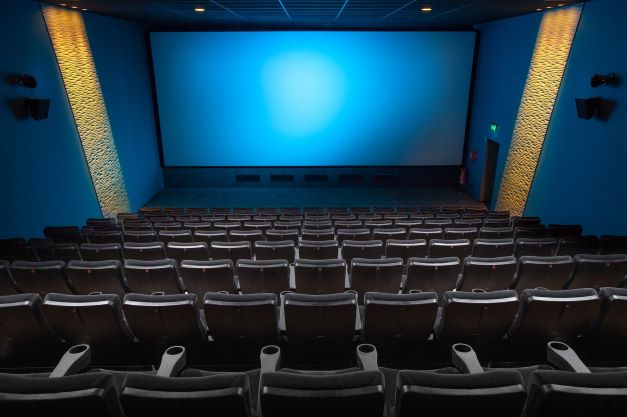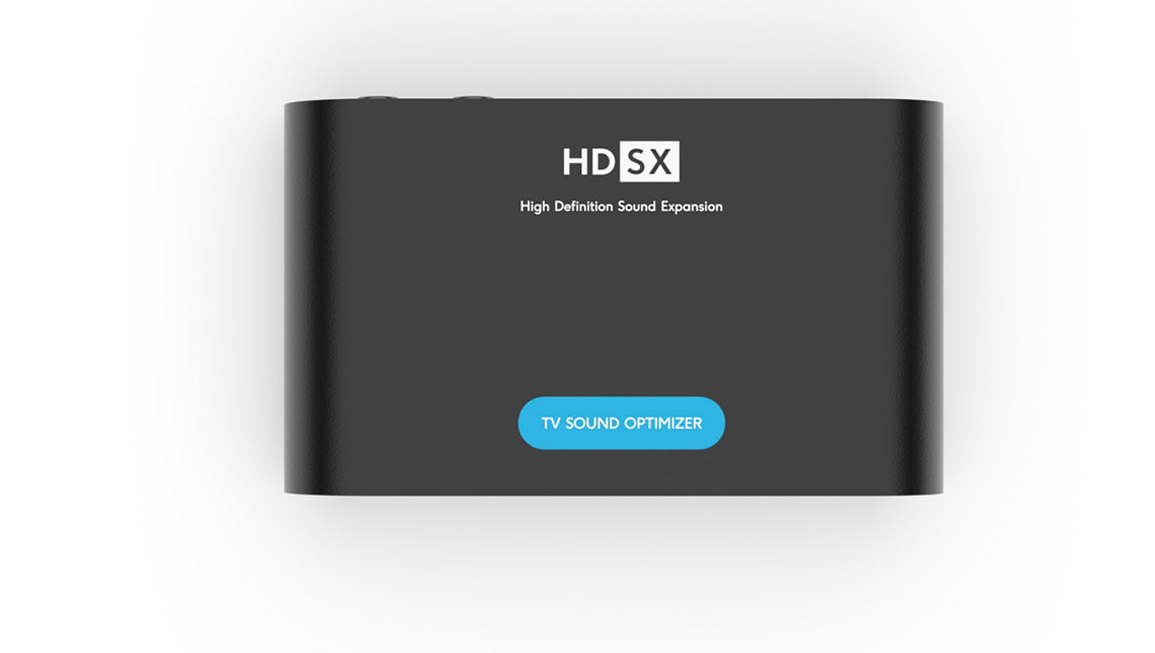

The classic TV and streaming situation: You’re watching an exciting movie, it’s heading towards the finale. More and more action, music and sounds are added to the actors’ dialogs and that’s when it happens: the crucial scene is running, everything has been cleared up, the mysteries have been solved, except for one and that’s the most important thing: what did the actors just say? Because of the too-loud background music right over the dialog, you were left on the sidelines, you could hear sound but it was really limited because you didn’t hear anything except musical noise.
This is annoying more and more TV and streaming viewers. They are simply exposed to this overlay of music and speech, and even turning up the volume with the remote control doesn’t solve the problem. The dialogs become less understandable, and it isn’t good for the neighborhood or sleeping children, since – as soon as the next loud explosion that you didn’t see coming happens – the speakers explode at the same time and you can’t turn the volume down as quickly as you should in order to avoid disturbing the peace.
But why is background music in films or documentaries often perceived as too loud and overriding the speech? And why are old films, for example from the 1960s, much easier to understand than today’s films with their modern technology?
The reason lies in the type of production and subsequent playout via different channels with different requirements, such as TV, streaming and media library via the Internet.
A look back: film sound in mono
In the past, for example in the 60s, film sound was mixed in mono. Mono meant that there was only one audio track where everything had to take place: speech, music and sound. The advantage to mono is that the volume gradations of such a sound mix on most speakers are very close to what the producer heard in his recording studio. So if the speech in this single channel is mixed louder than the music and noise, then on most speakers in the living rooms or radios at home it was the same. So everything was clearly arranged because of the focus on a single channel. And the type of speakers used by the listeners was also more clearly defined, since there were TVs and radios, but no internet and streaming yet. In addition, televisions and radios generally were also technically more similar than the multitude of devices are today.
A second reason for the more intelligible TV sound was the fact that sound production at that time was very complex and expensive, with the consequence that generally less music and noise was used than today. So the speech also stood alone and for itself more often, which of course maximized its intelligibility.
Today’s sound productions, especially in film, are designed for multichannel capability. Nowadays, a film soundtrack can be reproduced via up to 64 output channels, i.e. loudspeakers. The aim of these many channels is to enable the sound to be located as precisely as possible in the cinema auditorium. In the past, the sound only came from the front and in mono from the center, but today it can be located more precisely anywhere in the room, both on the horizontal and on the vertical axis. Front, back, ear level, or even above the heads are the locating dimensions used today.
In a movie theater, this can be impressive when sitting on the “golden seat”, usually in the center of the theater. All other seats are compromises, but they still allow enough spatial localization to give the feeling of being surrounded by sound.
Imbalance between speech, music and sound
However, today there is a great imbalance between speech, music and sound. Speech continues to come from front and center with a few exceptions, such as when someone comes through a door from behind and says “hello” while he/she is out of frame. Music and noise on the other hand, can come from all directions, with music often placed evenly front and back, while noise moves freely in the listening space depending on which picture objects it belongs to.
This imbalance between speech, which is located in virtually one playout channel, and music and noise, which share the remaining up to 63 channels, takes its toll in one’s own four walls. After all, who likes living in a movie theater with a correspondingly large sound system?
To keep things cozy, the speakers for TV and streaming in the living room or bedroom are much smaller and usually only producing from the front, like soundbars. Moreover, these have much fewer output channels than the large cinema sound system. How do the many channels from the cinema reach the much smaller TV sound system at home?
This is where downmix comes into play. Many channels are made into a few by adding them together in special ratios. Thus, 64 channels become two for stereo speaker systems or six for 5.1 systems. There are different quality speaker systems, but even a more professional Dolby Atmos home theater system with the channel configuration 5.1.4, and which has 10 playout channels, is downmixed by up to 54 channels.
You can guess what happens in the downmix: a lot of noise tracks meet a lot of music tracks and both meet a speech track. The ratio of speech to the rest: one to 63. This can work well when the voice stands relatively alone with little background music and noise, but as soon as more and more playout channels contain music and noise, it becomes difficult for the speech and the result is that you can no longer hear anything in terms of word intelligibility. This then generally takes its toll on any home sound system, but especially on the smaller speakers for TV, such as soundbars, which are, however, the most common. Of course, it’s worst on TV speakers themselves, but you’d be well advised to equip yourself with a soundbar to improve TV sound.
The problem of incomprehensible dialogs is then exacerbated by the various distribution channels of the downmixed content, for example streaming providers, which further limit the sound quality due to the high transmission costs and also the content in media libraries, which is then often listened to via the smallest possible devices, such as laptop or PC speakers. Here, too, an external sound system is recommended to prevent the sound from deteriorating even further.
The problem of unintelligible dialog disappearing behind overly loud background music and noise is well known, and in fact all films should also be produced specifically for sound playout in lower channel counts, but that doesn’t happen for cost reasons.

The good news is that there is finally a solution to the problem – the HDSX TV Sound Optimizer.
HDSX TV Sound Optimizer produces consistent volume and clear speech on all channels. It improves the listening experience for TV, streaming, and even gaming. At the heart of the just palm-sized device is a powerful DSP chip that contains the patented HDSX technology. Two algorithms play the main role here:
HDSX.volume intelligently adjusts the different volume levels within different movie scenes in real time so that the sound remains exciting to listen to, but the constant “too loud, too quiet” situations are completely eliminated. The remote control is no longer needed for this.
HDSX.speech lifts the dialogs out of the background music and at the same time frees them from possibly overlapping noises, so that word intelligibility is drastically lifted. Together with HDSX.volume, this is the ideal combination to finally hear clear dialog again.
The Optimizer is simply integrated between a TV and an external TV sound system, such as a soundbar, hi-fi system or even headphones in the signal path and thus ensures that consistent volume and clear speech prevail on all channels. There are also no more volume differences between different sources, such as ARD, Youtube, Amazon Prime, Disney + and Apple TV. Everything is harmonized.

The Optimizer uses the uncompressed PCM 2.0 format as the source material for best sound quality and converts it into an immersive two-channel signal called HDSX.TV. This signal also advantageously controls downstream surround decoders in such a way that consistent volume and clear speech are always achieved. This miracle box works with all TV sets and all boxes for TV. The Optimizer is also in the connection variants HDMI ARC and TOSLINK, which are the most widespread digital sound connections by means of optical signal transmission. There is an Optimizer model for every TV and every speaker for TV.


hdsx-Discover the new
Freedom of sound